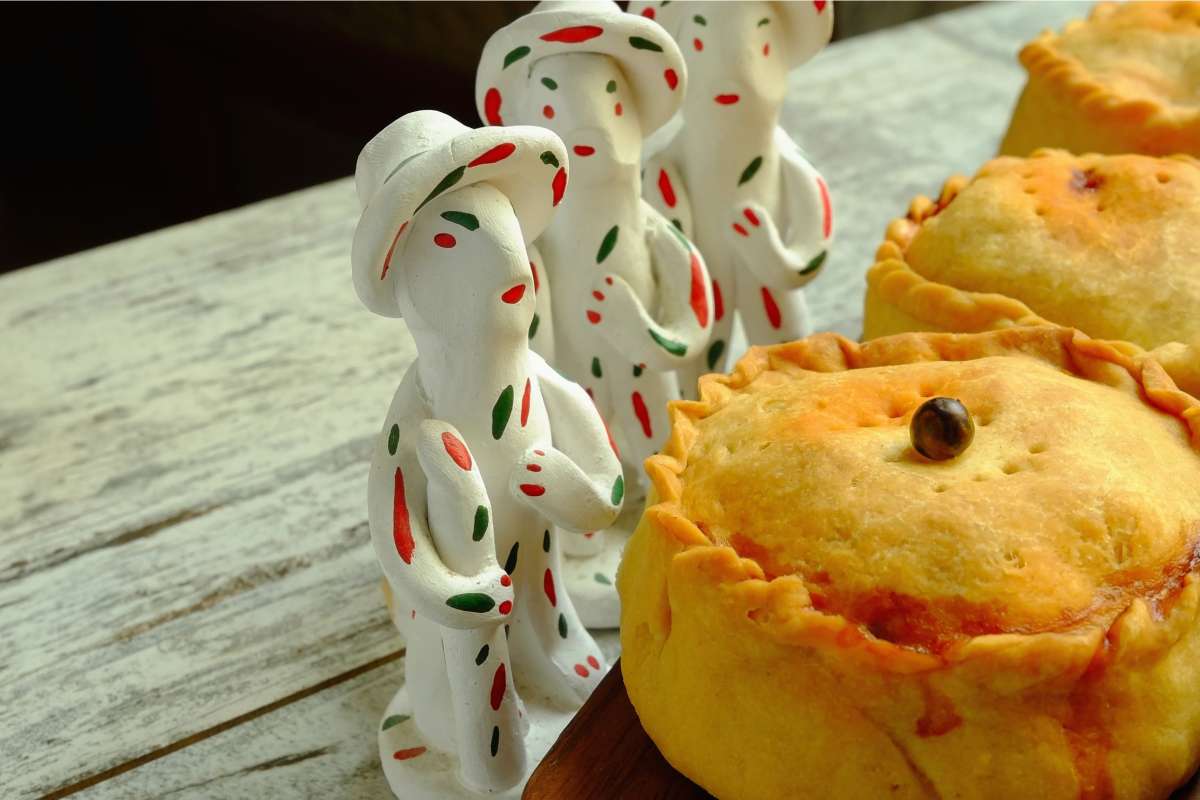
Mallorcan Siurells, Much More Than Ceramic Pieces
Mallorcan siurells are much more than simple ceramic pieces; they represent the history, culture, and folk art of Mallorca. These small figures, easily recognizable by their whitewashed color and distinctive brushstrokes in green and red (or blue and yellow, depending on the artisan tradition), have been part of the island’s identity for centuries. But what truly makes siurells unique is the tiny clay whistle that gives them their name, turning each piece into something as special as it is enigmatic.
The Mysterious Origins of the Siurells
In Mallorca, it is common to attribute any tradition of uncertain origin to the ancient Moors, and siurells are no exception. However, recent studies suggest that their arrival on the island could be linked to ancient Mediterranean civilizations, such as the Phoenicians, Cretans, Sardinians, or even the Egyptians.
The similarities between siurells and ceramic figures found in Cyprus, Crete, or Ibiza reinforce the theory that these pieces may hold a deeper and more ancient significance than previously thought. Were they mere toys? Lucky charms? Or objects with religious value? The answer remains a mystery, but what is certain is that they have stood the test of time, becoming an icon of Mallorcan craftsmanship.
The Art and Craftsmanship Behind Siurells
The making of siurells is an art passed down from generation to generation, traditionally in the hands of female artisans. The process has remained unchanged for centuries and follows these steps:
- 1.Shaping: The different parts of the figure are crafted from clay and assembled using a special white clay.
- 2.Creating the whistle: A small clay tube is sculpted, hollowed out with a twig called tronquet d’albó, and pierced with a piece of reed to allow air to pass through.
- 3.Drying and firing: The figure is left to air-dry and then fired in a ceramic kiln.
- 4.Whitewashing: After firing, the piece is dipped in a lime solution, giving it its characteristic white color.
- 5.Decoration: Finally, red and green brushstrokes (or sometimes blue and yellow) are applied, following each artisan’s unique style.
This centuries-old artisanal process makes each siurell a unique and special piece.
Siurells: Tradition and Good Luck
Over time, siurells have been considered more than just decorative objects. Some theories suggest they were protective talismans against the strong and stormy winds that hit the island. Today, dimonis (demon) siurells, deeply rooted in Mallorcan culture, have become symbols of good luck and prosperity, especially when placed at a home’s entrance.
The imagery of siurells has evolved, and today they can be found in shapes like horses, shepherds, farmers, and even Nativity scene figures. They are collectible items and unique pieces that reflect the essence of Mallorca.
Discover Mallorcan Culture at Es Princep
If you’re curious about Mallorcan craftsmanship, culture, and gastronomy, the Rooftop at Es Princep offers an authentic experience. Enjoy a spectacular breakfast with local products while admiring breathtaking views of the bay. Don’t miss the traditional Mallorcan bread with olive oil and tomato—a true taste of the island.
Want to check out all the available options? Click here:
https://esprincep.hoteligy.com/es/menu/8923
A Unique and Meaningful Gift
If you’re looking for a special souvenir from Mallorca or a unique gift, a siurell is a perfect choice. Its rustic charm and deep cultural significance make it a gift with soul and tradition. Many shops and markets across the island you can find siurells crafted by local artisans, each with its own style and essence.
In Palma’s old town, where the five-star hotel is located, you’ll find many workshops where you can purchase one.
Mallorcan siurells are more than ceramic pieces; they are a testament to Mallorca’s history, creativity, and identity. Their origins remain shrouded in mystery, but their presence in the island’s culture is undeniable. Whether you’re looking for a historical decorative piece, a lucky charm, or a cherished memory of your trip to Mallorca, siurells are an unbeatable choice.
And if you want to immerse yourself in Mallorcan tradition, be sure to visit Es Princep, where the island’s hospitality and authenticity come together to offer you a unique experience.
Find more information to make your stay with us perfect: https://www.esprincep.com/es
